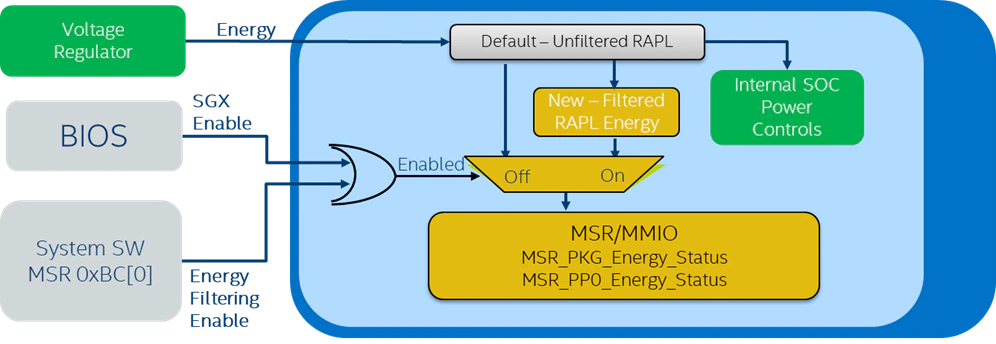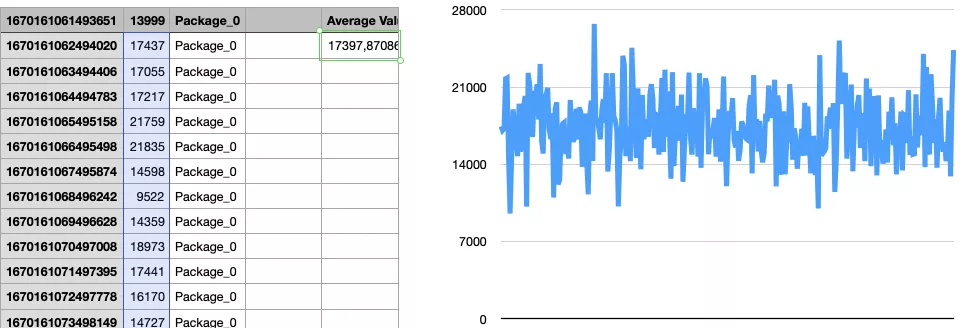
RAPL stands for Running Average Power Limit. It is a power estimation feature in modern x86 CPUs from Intel and AMD.
In the green software community it is extensively used in order to get accurate energy measurements for the CPU and DRAM components.
Many papers have actually been looking at if the values of RAPL are accurate or not as well in the domain of energy but also in the domain of time:
- RAPL in Action: Experiences in Using RAPL for Power Measurements
- Summary: (…) observations reveal that RAPL readings are highly correlated with plug power, promisingly accurate enough and have negligible performance overhead. Timings are sometimes inaccurate
- Measuring Energy Consumption for Short Code Paths Using RAPL
- Summary: Timing inaccuracies can be combated by aligning MSR synchronization with code start time
- A Validation of DRAM RAPL Power Measurements
- Summary: (…) the RAPL results match overall energy and power trends, usually by a constant power offset. The results match best when the DRAM is being heavily utilized, but do not match as well in cases where the system is idle, or when an integrated GPU is using the memory.
- Validation of RAPL data on real server with an external power meter
- https://ieeexplore.ieee.org/abstract/document/7284406
- Summary: Validation of RAPL accuracy
RAPL however has been nerfed recently through a discovered power-side-channel attack coined Platypus Moritz Lipp showed that it is possible to read the current executed processor instructions and also the memory layouts especially for data stored in the believed to be secure memory enclave from Intel called SGX SGX (Software Guard Extension) is a feature which allows the processor to create an enclave in the memory that cannot be accessed even by code running in lower access rings than the current code.
Intel has reacted directly with a microcode update that results in distorting the RAPL signal when SGX is enabled in the system. Alternative to that the user may also set a register in the processor to activate the so called energy filtering even when SGX is disabled.
Intel says that the actual RAPL data might be skewed by up to 50% of the original value.

What we have not found so far is any script or data that reproduces this behaviour and shows the distortion in action.




